Wall-Mounted Jib Cranes: Space-Saving Lifting Solutions
In industries where floor space is a premium, optimizing vertical and horizontal work areas becomes essential.
That’s where wall-mounted jib cranes stand out. These cranes are purpose-built to deliver localized lifting support while minimizing the equipment footprint, making them ideal for small workshops, loading docks, assembly lines, and more.
As part of the broader jib cranes category, wall-mounted options combine efficiency with economy—offering robust lifting capacity without interfering with valuable ground space. This article explores how wall-mounted jib cranes work, their advantages over other models, and when to use them.
For a full range of Jib Cranes, including wall-mounted, freestanding, ceiling-mounted, and articulating models, visit Aardwolf's product line.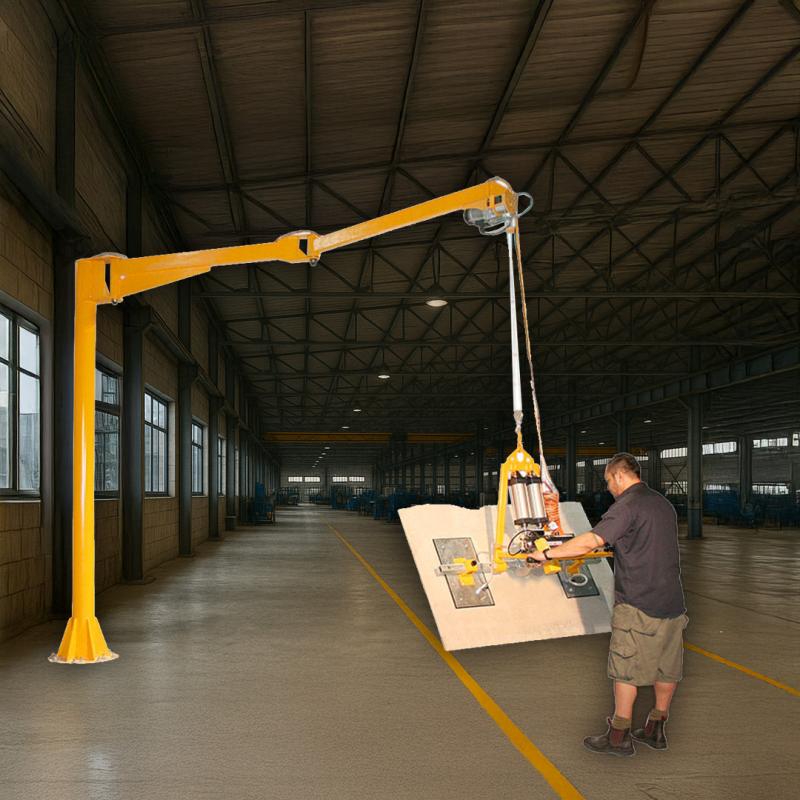
What Is a Wall-Mounted Jib Crane?
A wall-mounted jib crane is a type of jib crane attached directly to a structural wall or column within a building. Unlike freestanding jib cranes, which require a reinforced concrete foundation, wall-mounted cranes rely on existing structural support. The arm, or “jib,” typically offers up to 180 degrees of rotation, allowing materials to be moved in a semi-circular arc.
This crane model is popular in facilities where:
Floor space is limited or congested
Supplemental lifting is needed alongside other machinery
The structure is strong enough to support lateral loads
If you're unfamiliar with the structural distinctions among crane types, here's a great breakdown:
What is the difference between a crane and a jib crane
Key Features of Wall-Mounted Jib Cranes
1. Space Efficiency
The biggest advantage of wall-mounted jib cranes is their space-saving design. Because they are installed onto an existing wall or pillar, there's no need for additional floor-mounted supports. This leaves floor space open for forklifts, carts, or other production equipment.
2. Moderate Lifting Capacities
Although they don’t match the heavy-duty capacity of pillar or freestanding jib cranes, wall-mounted versions typically lift up to 500–1000 kg, depending on the span and structural support. This makes them ideal for medium-duty lifting tasks.
3. Easy Integration into Existing Facilities
Wall-mounted jib cranes are often installed in retrofit projects where adding a full freestanding crane isn’t feasible. They can be placed above workstations, near production lines, or alongside ceiling-mounted jib cranes for maximum coverage.
4. Customizable Arm Lengths and Mounting Heights
Depending on your structural conditions and layout, the boom length and mounting height can be customized to deliver the exact working envelope your operation requires.
How Wall-Mounted Jib Cranes Compare to Other Jib Crane Types
If you're evaluating options, it's important to understand where wall-mounted jib cranes fit among other jib crane types.
|
Jib Crane Type |
Rotation |
Installation |
Floor Space Usage |
Load Capacity |
Use Case |
|
Wall-Mounted |
180° |
Wall/Column |
Minimal |
Medium |
Assembly lines, warehouses |
|
Freestanding |
360° |
Concrete Base |
High |
High |
Heavy-duty lifting, outdoor use |
|
Ceiling-Mounted |
180°–360° |
Overhead Beam |
None |
Medium |
Overhead coverage, full clearance |
|
Articulating Jib |
Variable |
Wall/Floor |
Variable |
Low-Medium |
Tight spaces, around corners |
Want to dive deeper into each model? Read: Types of Jib Cranes
Applications of Wall-Mounted Jib Cranes
Wall-mounted jib cranes are ideal for a wide range of applications due to their compact footprint and flexibility:
Assembly Lines
Positioned above assembly stations, these cranes reduce worker strain by lifting tools, materials, or finished parts with ease.
Loading Docks
Mounted on exterior or interior walls, wall-mounted jibs can support lifting during truck loading/unloading without requiring ground-based equipment.
CNC and Machining Centers
Operators can lift heavy components into machines without relying on overhead bridge cranes or hoists.
Maintenance and Repair Shops
Mechanics and technicians use wall-mounted jibs for engine lifting, tool transport, and part handling in confined work bays.
Structural Considerations Before Installation
Installing a wall-mounted jib crane requires careful assessment of the structural load-bearing capacity. Factors to consider:
Wall Thickness and Material: The wall must support both vertical and horizontal loads.
Mounting Hardware: Proper bolts and reinforcements must be selected based on wall composition.
Span and Reach: The boom length should not exceed what the wall can safely support.
For a full walkthrough on setup, see: How to prepare a jib crane step by step
Advantages of Wall-Mounted Jib Cranes
Floor Space Optimization
Ideal for crowded or lean production environments, these cranes eliminate the need for bulky bases or columns.
Cost-Effective Installation
Since no concrete foundation is needed, installation costs are significantly lower than freestanding jib cranes.
Seamless Workflow Integration
These cranes are perfect for tight, repetitive tasks near machinery or workstations. Their limited swing radius is often sufficient for localized operations.
Are There Limitations?
While wall-mounted jib cranes are highly functional, they do come with some limitations:
Dependent on Existing Structures: If your facility lacks solid walls or columns, installation may not be feasible.
Limited Swing Radius: They typically max out at 180° rotation.
Moderate Load Capacity: Not suitable for very heavy loads (choose pillar jib cranes or freestanding models instead).
Complementary Crane Types
In multi-functional operations, wall-mounted jib cranes are often used in tandem with other models:
Ceiling-mounted jib cranes for overhead aisle coverage
Articulating jib cranes where reach around obstructions is needed
Freestanding jib cranes for heavier, multi-station operations
Curious about which is best for your environment? Explore the Jib Cranes product family for full specifications.
Final Thoughts
A wall-mounted jib crane is an intelligent investment for facilities that need dependable lifting in tight, fixed spaces. With their compact design, low installation cost, and seamless workflow integration, these cranes are perfect for workstations, warehouses, and light manufacturing environments.
When supported by the right structural conditions, wall-mounted jib cranes enhance productivity, reduce manual strain, and create safer workplaces.
Explore more crane models or get expert assistance at Aardwolf’s complete Jib Cranes selection.
References
1. How to operate a Jib Cranes safely
3. Over brace jib crane wall mounted
5. Is a Jib Crane a Gantry Crane
6. Articulated Jib Crane Wall Mounted
8. Manual Counterbalance Crane
10. Over Braced Jib Crane Column Mounted




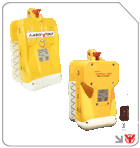
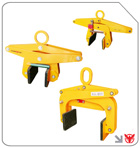
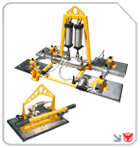
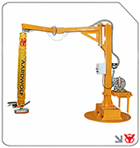
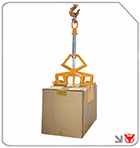
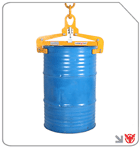
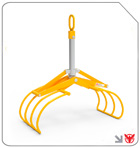
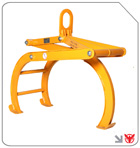
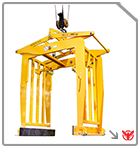
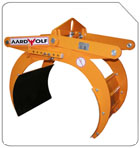
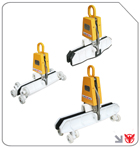
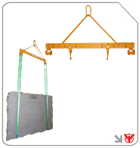
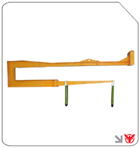
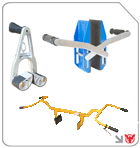
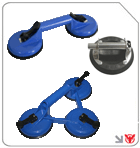

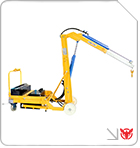
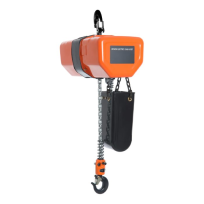
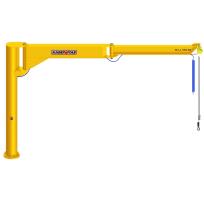
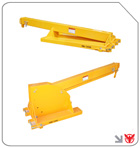
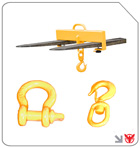
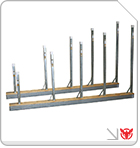
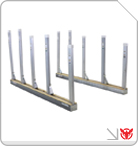
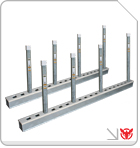
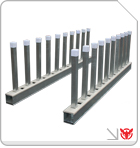
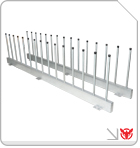
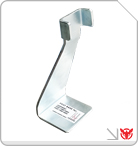
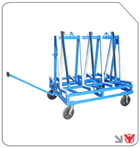
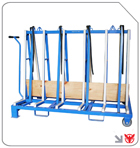
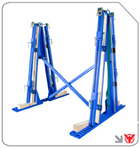
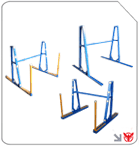
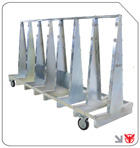
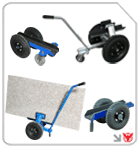
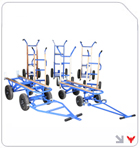
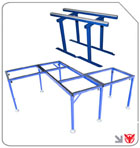
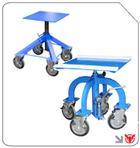
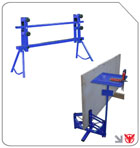
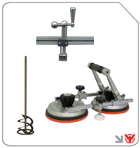

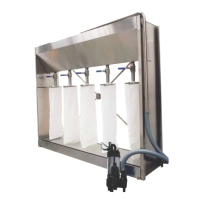
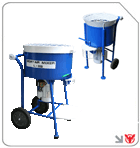
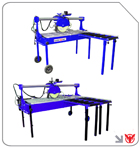
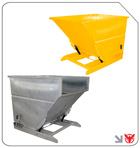
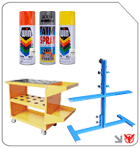

Follow us on: